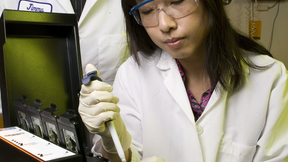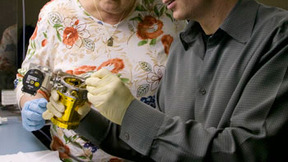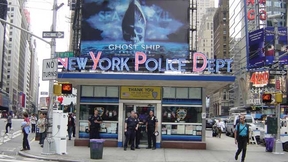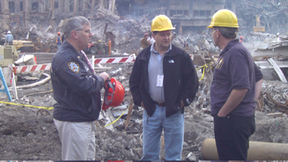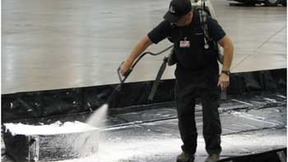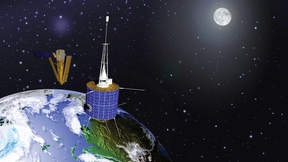Back
Editor's note -- This is the final article in a series on the Lab's response to the 9/11 attacks. Today's feature looks at the Lab's role in protecting the nation against bioterorrism. In trying to protect the nation against bioterrorism, national lab and university scientists, public health authorities and law enforcement agencies have waged the fight on many fronts…
Editor's note: As the 10th anniversary of 9/11 approaches, Newsline is running a series of articles on the Lab's response to events following the attacks. Today's story looks at the Lab's contributions to radiation detection. September 11, 2001 served as a turning point for the United States. The first major attack on U.S. soil in nearly 60 years and the largest loss of…
Editor's note: This is the second in a series of stories looking back at the Lab's response to events following Sept. 11. Today's piece focuses on the Lab's role in establishing BASIS - the Biological Aerosol Sentry and Information System - and BioWatch. By Stephen Wampler Telephone calls awakened Tom Slezak, Kris Montgomery and Cheryl Strout and Julie Avila at their homes…
Editor's note: This is the first in a series of articles looking back at the Lab's response immediately following the Sept. 11 attacks and the Lab's response since that day 10 years ago. Today's article is adapted from a column by Wayne Shotts, the former head of the Nonproliferation, Arms Control and International Security Directorate (the predecessor organization to the…
LLNL's ongoing collaborative work to address technical remediation challenges in returning critical transportation facilities to service following release of a chemical weapon agent (CWA) or toxic industrial chemical (TIC) recently culminated in a workshop for Midwest airports at the Colorado Convention Center in Denver. The workshop, called the CWA/TIC Remediation and…
Each day, hundreds of active satellites as well as tens of thousands of pieces of "space junk" -- defunct satellites, bits of booster rockets and lost astronaut tools -- orbit Earth.This space junk became front page news two years ago, when a defunct Russian satellite and a privately owned American communications satellite collided near the North Pole. The incident…

